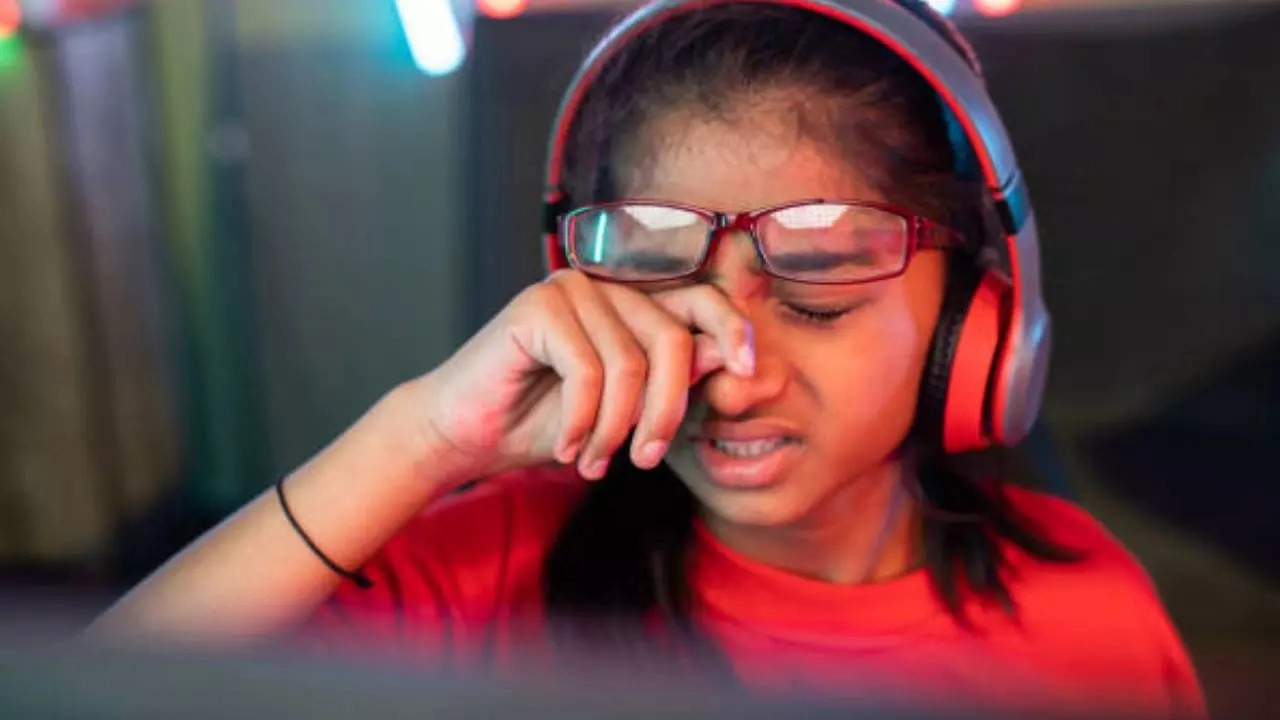Pallavi Mehra • 20 Oct 2024
Study Reveals Signs To Detect Common Vision Problems In Children

Study Reveals Signs To Detect Common Vision Problems In Children (Image Credits: iStock)
A significant number of children today suffer from various vision problems, and while excessive screen time is a major contributor, other underlying factors such as malnutrition and consanguineous marriages also play a crucial role in impairing children’s vision. A study conducted in South India revealed that 28.8 per cent of patients with a history of consanguinity had ocular genetic disorders. The researchers suggested that genetic counselling could be a preventive measure to reduce the incidence of such disorders.
Common Vision Problems in Children
Children can experience a range of vision problems, including myopia (difficulty seeing distant objects), astigmatism (distorted vision due to an irregularly shaped cornea), or anisometropia (unequal prescriptions in both eyes). One of the most common conditions, amblyopia, or lazy eye, if left untreated, can lead to significantly reduced vision in one eye.
Another condition, strabismus, or crossed eyes, can cause the brain to ignore input from one eye, resulting in impaired vision over time. Other conditions affecting children’s vision include blocked tear ducts and nystagmus, a condition that occurs due to involuntary eye movement that can severely impact vision.
How to Recognise Warning Signs
Recognising early signs of vision problems is key to getting children the treatment they need. Depending on the age of the child, these warning signs can manifest in different ways.
Infants (Up to 1 Year): According to experts, by the age of three months, babies should be able to follow objects with their eyes. If a baby struggles with eye tracking or making eye contact, it could indicate a problem that requires medical attention. Additionally, if an infant’s eyes frequently cross after the age of four months, it may be a sign of strabismus, and an eye doctor should be consulted immediately.
Preschoolers: In children of preschool age, signs of vision issues may include frequent eye rubbing, difficulty recognizing colours, or avoiding tasks that involve close-up focus, like reading or playing with toys. Eye experts note that these behaviours could indicate eye strain or discomfort, signalling a need for an eye exam.
Older Children: Older children may start to complain of blurry vision, headaches, or eye pain after engaging in activities such as reading, watching TV, or using digital devices. Poor hand-eye coordination, difficulty in sports, or withdrawal from visual tasks could also point to undiagnosed vision problems.
Prevention and Early Intervention
Preventing vision problems in children requires a proactive approach. Experts suggest limiting screen time and encouraging outdoor activities to reduce eye strain. Maintaining a healthy diet rich in vitamins and omega-3s is equally important for eye health. He also highlighted the role of managing allergies, which can cause eye irritation. Working with a healthcare provider to address these issues can prevent long-term damage to a child’s vision.
Wearing protective eyewear while playing sports is also essential to avoid eye injuries, which are a common yet preventable cause of vision problems in children.
Get Latest News Live on Times Now along with Breaking News and Top Headlines from Health and around the world.